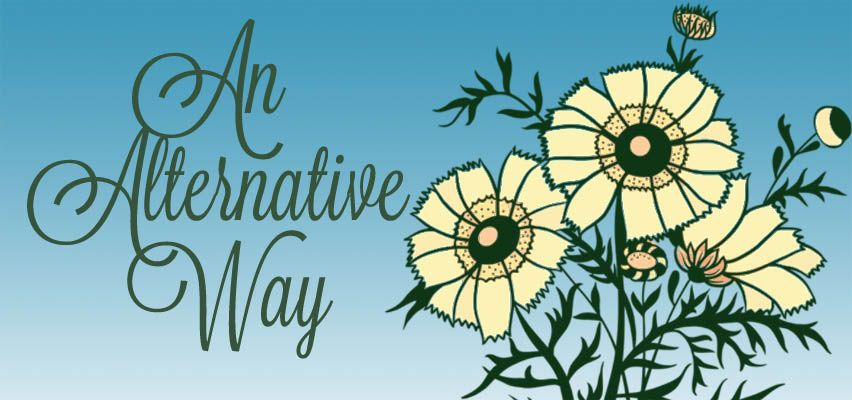DYE EGGS NATURALLY WITH EVERYDAY FOOD PRODUCTS
Say goodbye to fizzy tablets, chemical and artificial colors this year. Go all-natural with your Easter Eggs. Why not use bright vivid colors from fruits, vegetables and spices? It might take a few pots, but the extra fuss is well worth the outcome. Be sure to use everyday pantry items to save money. Let your kids experiement and have fun with this project. The outcome will leave you with earthly subdued colors. Happy Dyeing!
WHAT YOU NEED:
1 to 2 dozen hard boiled eggs
Natural ingredients to make your dyes
Deep bowls or mason jars for dyes
Spoon
White Vinegar
Egg cartons or wire rack for grying the dyed eggs.
COLOR OPTIONS:
Blue: 1.2 head red cabbage leaves, chopped, canned blueberries,
Pink: 3 beets, chopped and peeled, or raspberries
Yellow: 1 tablespoon saffron or ground turmeric
Green: 1 bag spinach leaves
Purple: 1can frozen grape juice
Lavendar or Red: red onion skins
Orange: yellow onion skins, carrots, or Paprika
Brown: strong coffee
DIRECTIONS
1. In a medium saucepan, combine 2 cups of water with your ingredient for your dye. Bring mixture to a boil and then turn down the heat and simmer for 15 minutes
2. After 15 minutes, use a strainer over a bowl or mason jar and pour homemade dye into bowl and discard strained solids.
3. Add 2 tablespoon vinegar, and cool to room temperature. Repeat with remaining dye colors.
4. When the liquid has cooled to room temperature, add the cooled hard-boiled eggs and let eggs soak in dyes. The longer you soak the eggs in dye liquids, the more intense the colors will be.
5. Remove eggs with a spoon, pat dry with paper towels and let dry on a wire rack or an upside down egg carton.
TIPS
Dull Eggs? Rub with coconut or olive oil and polish with a paper towel for a shiny glow. Or for a textured look, dob the still wet egg with a sponge.
Pretty Patterns: Wrap eggs in rubber bands before dying. This will leave blank spots on the egg and will leave a pretty pattern. To avoid smudging, be sure the eggs are fully dry before removing bands. You can also apply stickers, or leaves, or flowers to egg prior to dyeing for a more natural pattern.
Have Patience! Natural dying takes longer than the fizzy tablets. Some colors are best if eggs sit in natural dyes overnight.
HAVE FUN! And check out this great magazine! They have a digital subscription too. Great for families with celiac disease, gluten intolerance, food allergies, and sensitivities.





No comments:
Post a Comment